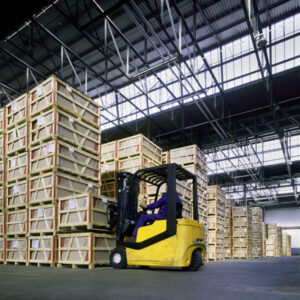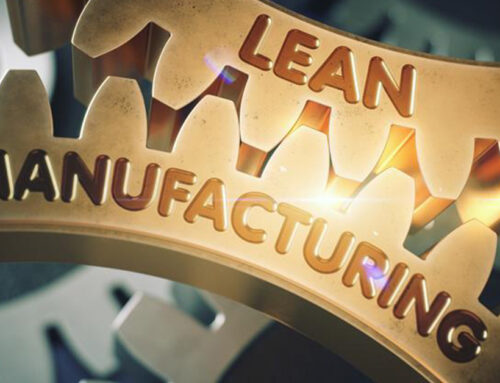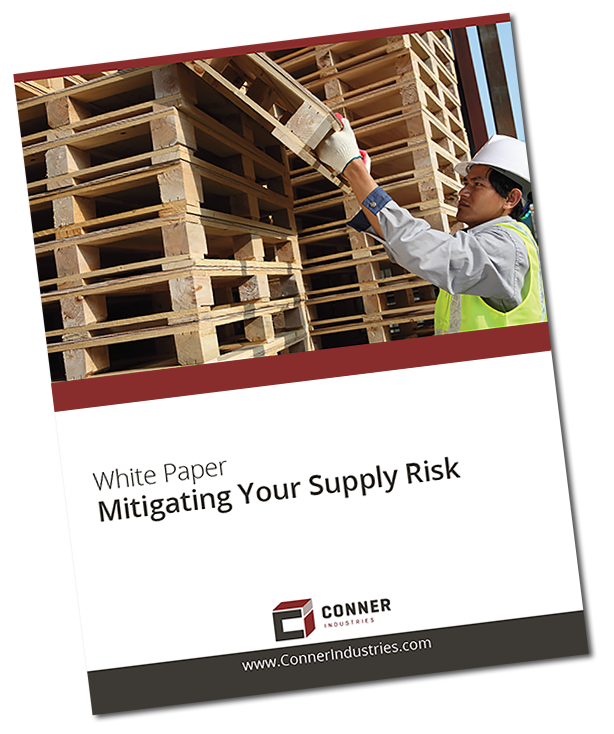
Understanding the Total Cost of Packaging: Beyond the Material Price
When deciding the best packaging solution for your business, many packaging companies may focus just on the cost of materials. While material price is an important factor, it represents only a fraction of the total cost of packaging. To truly understand the impact of packaging on your business’s bottom line, it’s crucial to consider the broader picture, including handling, shipping, storage, and potential in-transit damage costs. This article dives into the hidden costs of packaging and offers insights on how to make more informed choices that can save you money in the long run.
The Total Cost of Packaging Materials
Cheap materials may seem like the most cost-effective choice in the moment but can result in higher amounts of in-transit damage and costs associated with replacement and returns. Investing in higher-quality materials like corrugate, custom foam inserts, or other integrated packaging may cost more initially, but will save you money in the long term with total cost product protection.
It is important to work with a supplier that has an engineering and design team to help you strike the balance between product protection and total cost efficiency. Many times, there are custom options available to fit your exact needs. No need to try and fit into a standardized solution that may cause damage down the line.
Handling and Labor Costs
The design and efficiency of your packaging directly affect handling and labor costs. Packaging that is difficult to assemble, pack, or unpack can increase labor time, reducing productivity and adding to operational expenses.
Your packaging design and efficiency can have a direct correlation to your handling and labor costs. Packaging that is difficult to assemble/disassemble, pack, or unpack can increase the amount of time it takes workers, reducing productivity and adding to overall expenses. Optimizing your packaging to streamline your production, such as collapsible crates or using 4-way pallets for easier access, can significantly cut down on labor costs.
Shipping and Freight Costs
 Packaging design, materials, dimensions, weight, and efficiency all play a critical role in shipping costs. Oversized or heavy packaging can lead to an increase in freight charges, while poorly designed packaging that doesn’t maximize truck space can lead to wasted space and higher costs. Both of these can lead to money lost and a decrease in your overall ROI.
Packaging design, materials, dimensions, weight, and efficiency all play a critical role in shipping costs. Oversized or heavy packaging can lead to an increase in freight charges, while poorly designed packaging that doesn’t maximize truck space can lead to wasted space and higher costs. Both of these can lead to money lost and a decrease in your overall ROI.
It is important to once again strike the balance between product protection, material cost, and efficiency in order to get the most bang for your buck. Having a design team make sure you have the right packaging, while reducing weight with innovative materials, and optimizing your production line can all contribute to lower transportation expenses.
In-Transit Damage
The most significant hidden cost of inadequate packaging is the expense of in-transit damage your products may face. Packaging Digest reports that up to 11% of unit loads suffer some degree of damage upon arrival at distribution centers and costs businesses 0.5% of gross sales. That equates to about $1 billion in lost profits due to damage every year in America! When it comes to in-transit damage, the best defense is offense.
Working with a supplier that researches and anticipates what your products may face while in transportation is critical. Investing in customized integrated packaging solutions, such as foam inserts made to fit your product’s shape or durable crates, can reduce the risk of damage and lower your total cost.
Compliance and Regulatory Costs
Many industries have strict regulations that must be followed, such as the ISPM-15 stamping compliance. Non-compliance can lead to fines, shipping delays, or product recalls, which can be far more costly than investing in compliant packaging upfront. Understanding your total cost and meeting regulatory requirements with the right packaging design can prevent these expensive setbacks.
Sustainability and Environmental Impact
Sustainability is increasingly important to consumers and businesses alike. Packaging that is not recyclable or environmentally friendly, such as plastic pallets, can lead to increased disposal fees and damage to your brand’s reputation. Investing in sustainable packaging, such as recyclable corrugate or reusable crates, can reduce waste disposal costs and appeal to ecofriendly customers.
How Conner Can Help You
Conner has been a leading voice in the industrial packaging industry for more than 40 years. We are committed to helping our customers find the best way to reduce total packaging costs, including materials, logistics, labor, administration, warehousing, and handling, while protecting your products and preventing in-transit damage.
With our consultative approach to integrated packaging solutions, we tailor packaging and service program to help you achieve your long-term cost control. We take in depth dive of your supply chain to come up with the most innovative options on the market. Don’t lose any more money on ineffective packaging, contact us today.

![[PRESS RELEASE] Conner Industries Expands Integrated Packaging Division with Acquisition of Kirkland Sales Inc.](https://connerpackaging.b-cdn.net/wp-content/uploads/2024/05/Foam-Page-Featured-500x383.jpg)









